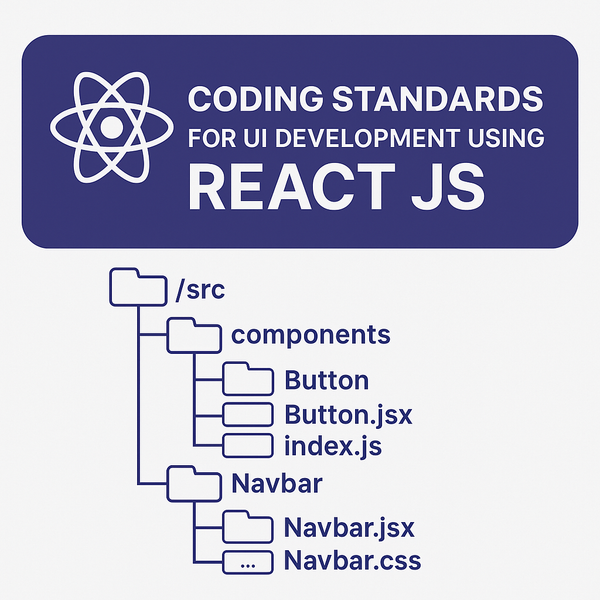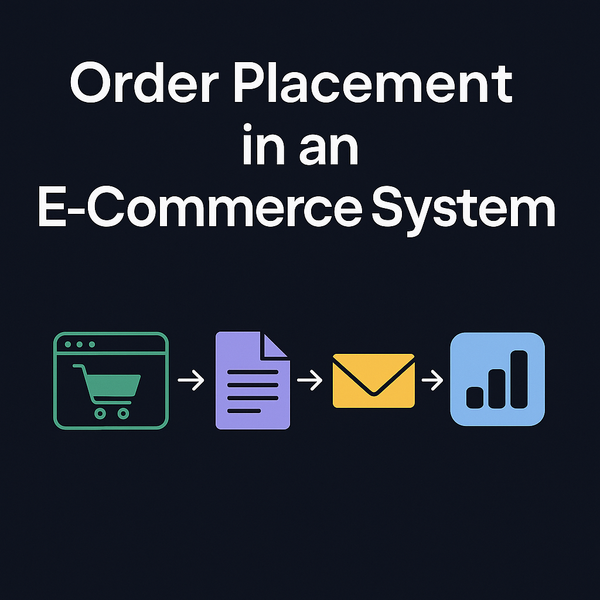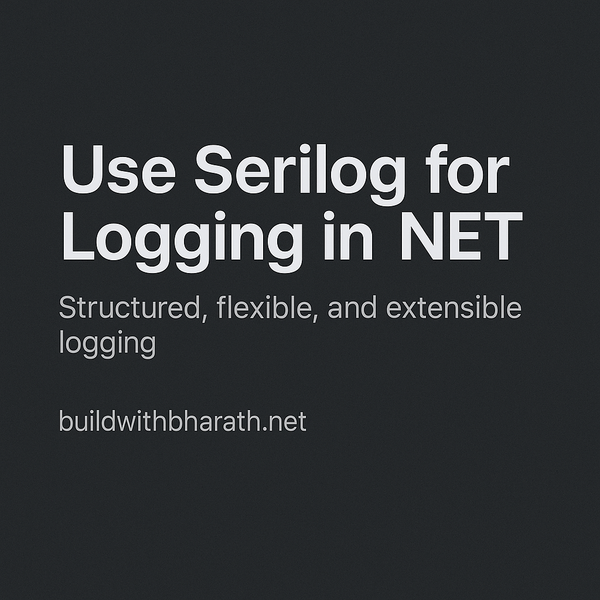📅 30-Day Learning Plan — Master Clean Architecture with .NET 9
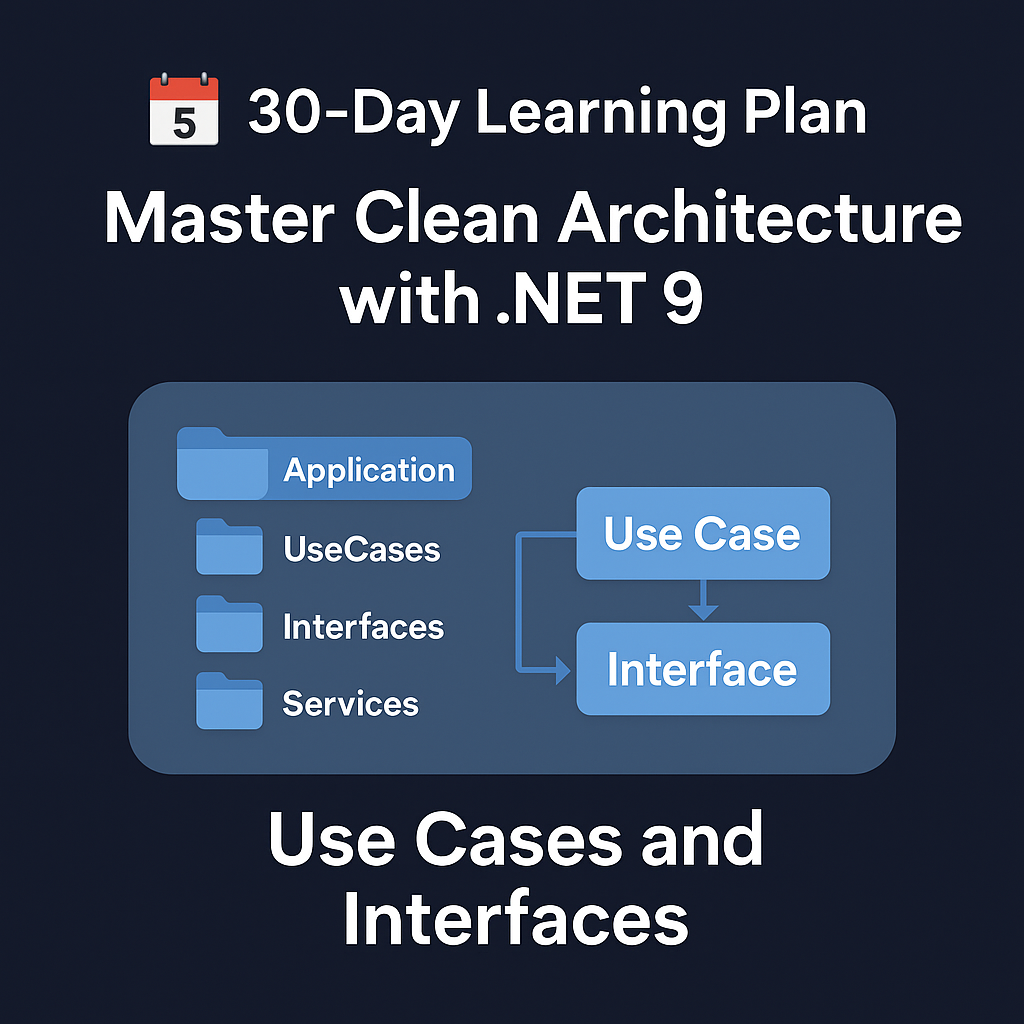
Day 5: Understanding Use Cases and Interfaces in Clean Architecture
In Clean Architecture, Use Cases and Interfaces are the foundation for scalable and maintainable apps.
📌 What are Use Cases?
They represent what your application needs to do — independent of technology.
Example: Create Order, Get Product List, Cancel Subscription.
Focus on business logic — not database, not API, not UI.
Use Cases = Actions your system can perform.
📌 What are Interfaces?
Interfaces define contracts between layers.
They tell the Application Layer what to expect, without caring how it happens.
Implementation details (like databases, APIs) live in the Infrastructure Layer.
Interfaces = Promises your services make.
📌 Folder Structure for Clean Architecture (Simple View)
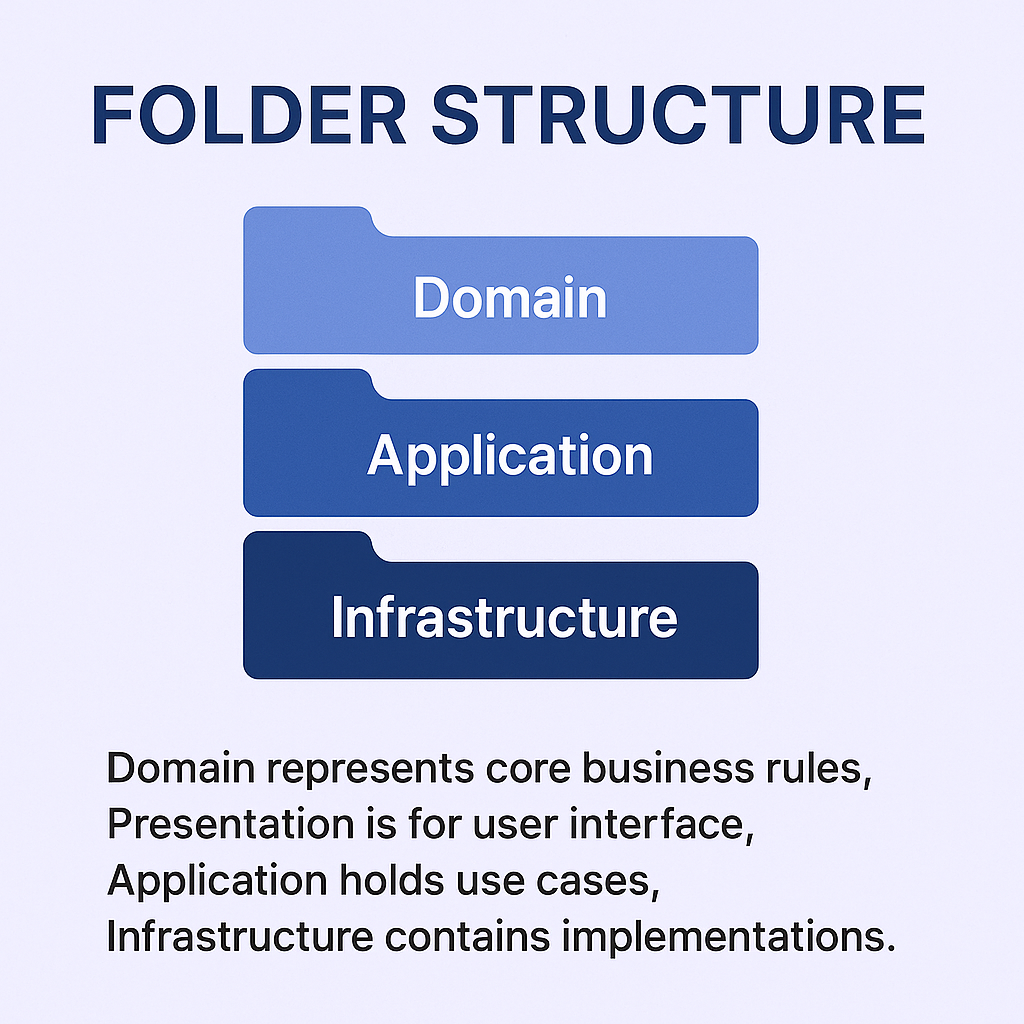
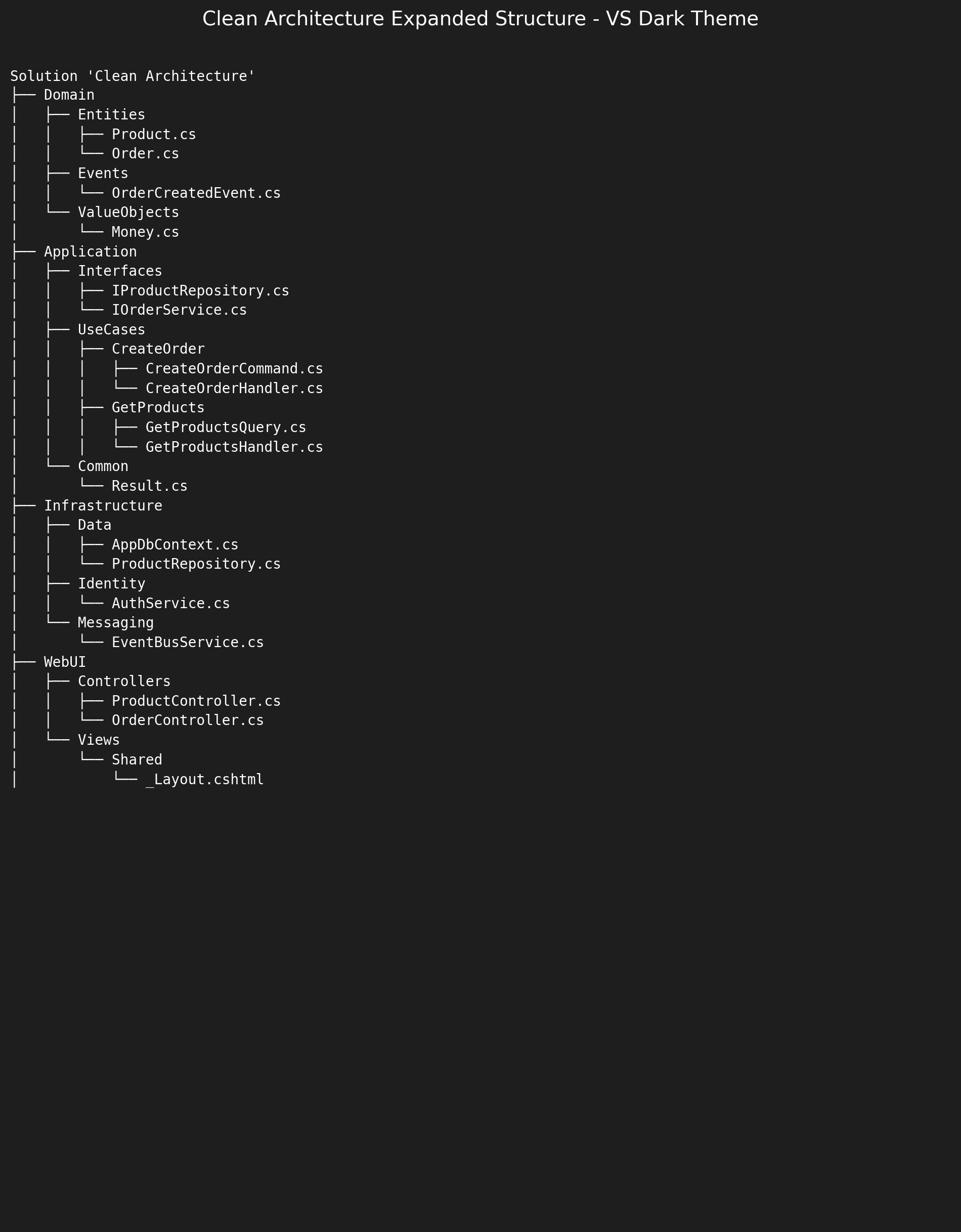
Domain: Core business objects
Application: What actions happen (Use Cases) and Contracts (Interfaces)
Infrastructure: How actions happen (Database/API)
📌 How Dependencies Should Flow
- Presentation Layer depends on Application Layer
- Application Layer depends on Domain Layer
- Infrastructure depends on Application Layer (NOT the other way)
✅ Outer layers depend inward only.
❌ Inner layers never depend outward.
📌 Why This Separation Matters
Easy to change database/API without touching core business logic.
Write better unit tests by mocking interfaces.
Highly scalable and maintainable apps.
New developers can easily understand structure.
Key Takeaways
Use Cases live under /Application/UseCases
Interfaces live under /Application/Interfaces
Infrastructure implements these interfaces, keeping Application Layer free from tech-specific code.
Folders map to real-world actions (CreateOrder, GetProductList) rather than technical concepts (Controllers, Services).
This separation ensures that your system remains flexible, maintainable, and easy to test — true to the principles of Clean Architecture.
Final Thoughts
In Clean Architecture, your Application Layer should have no idea how data is persisted, fetched, or transmitted.
It just knows what needs to happen.
Using Use Cases + Interfaces properly sets you up for a highly scalable, testable, and resilient system — one that welcomes change rather than fearing it!
Stay tuned for Day 6, where we'll dive into Dependency Injection in Clean Architecture — and make these services connect beautifully!
